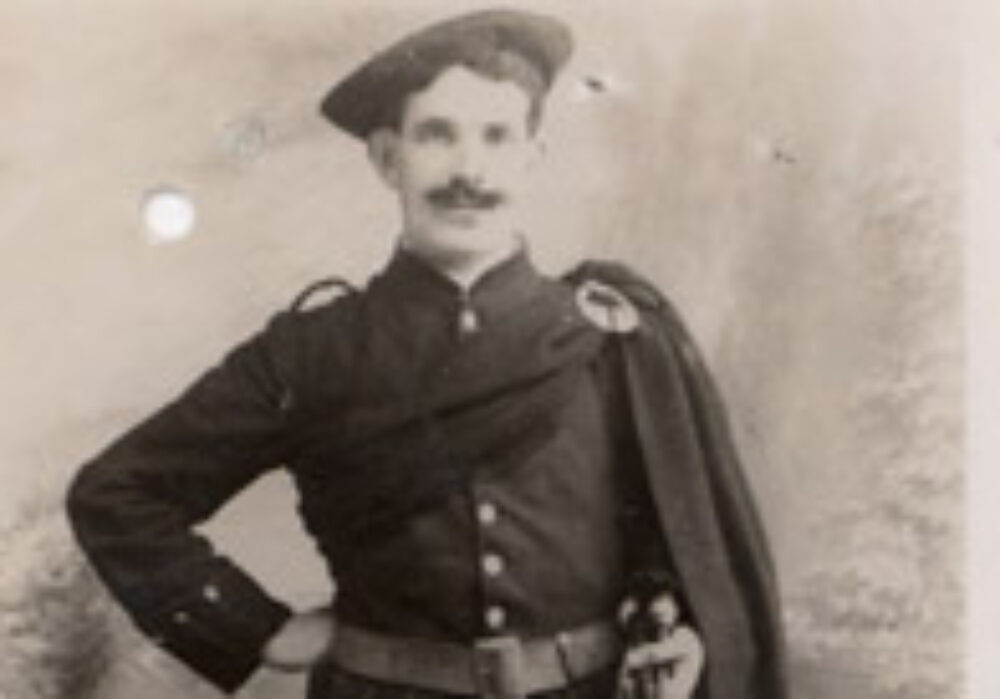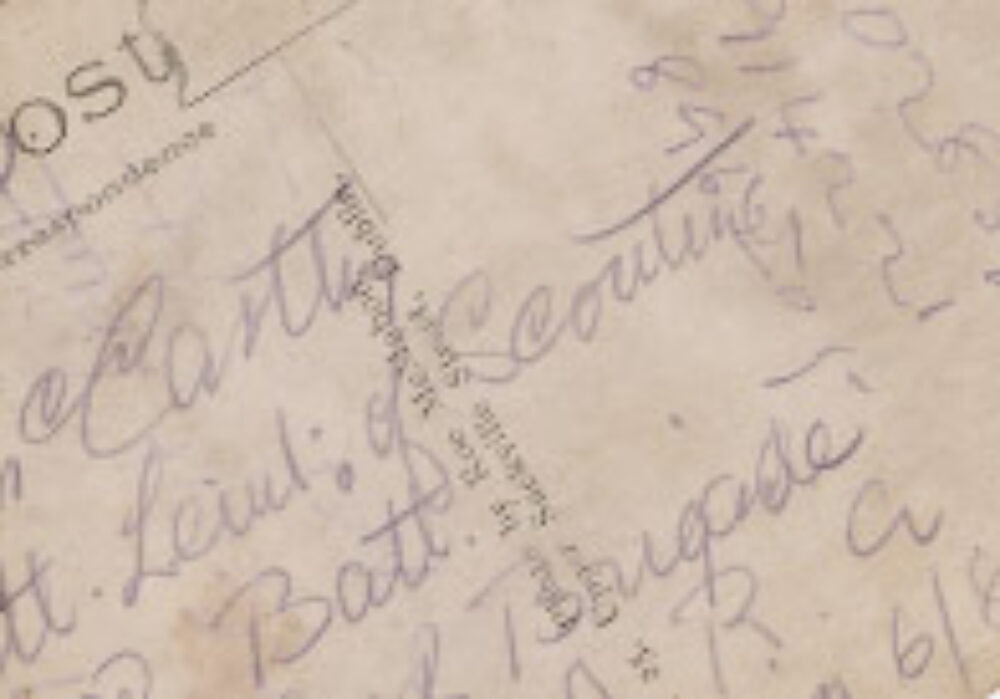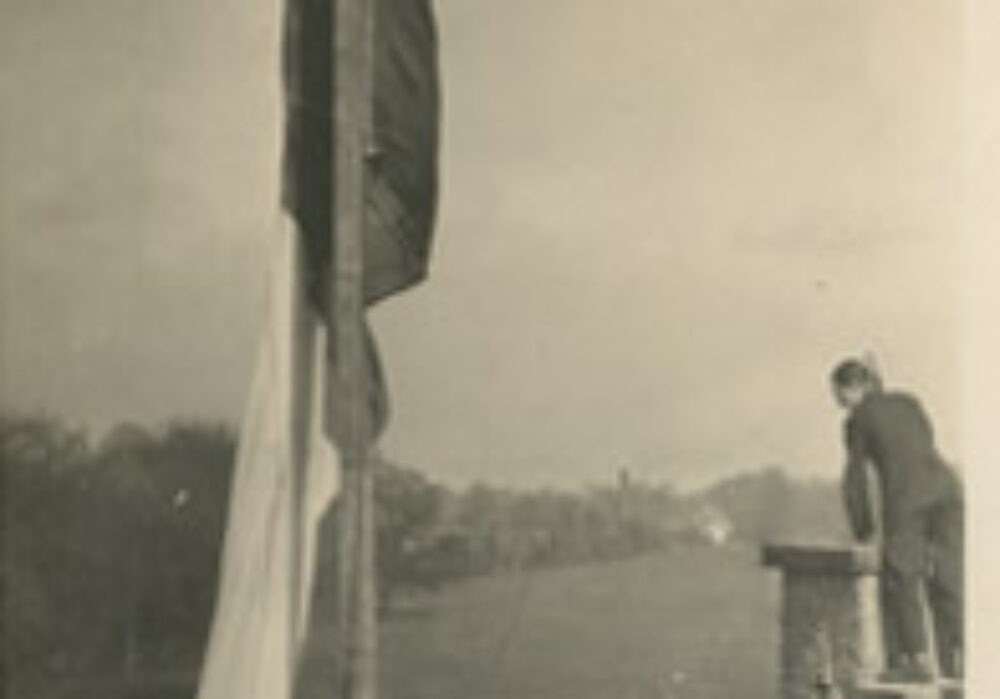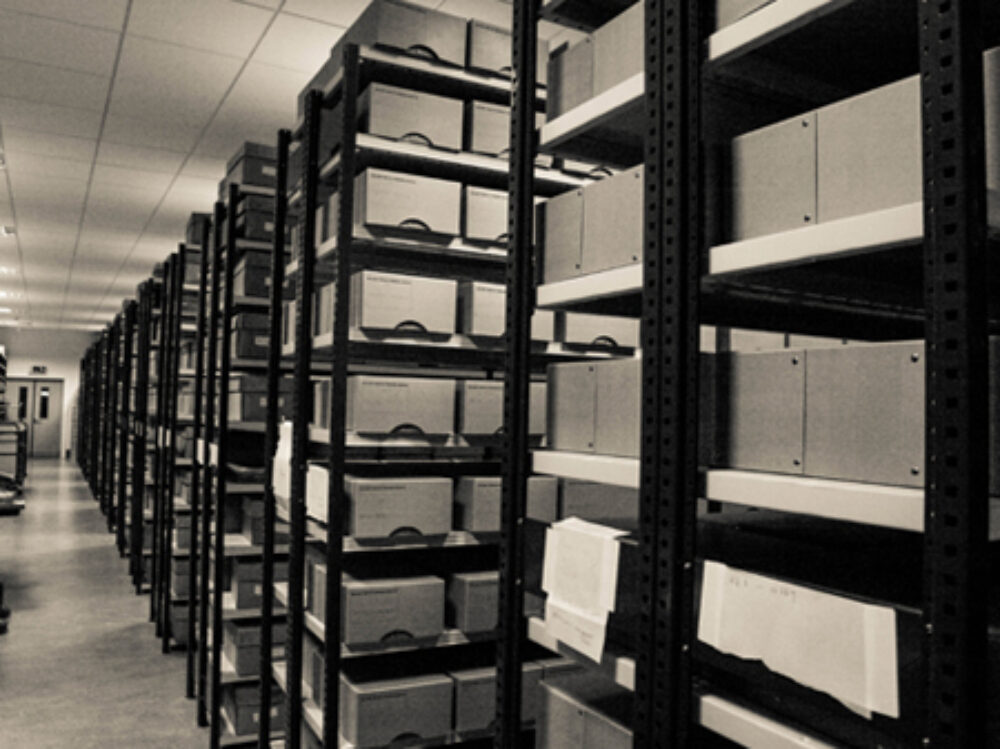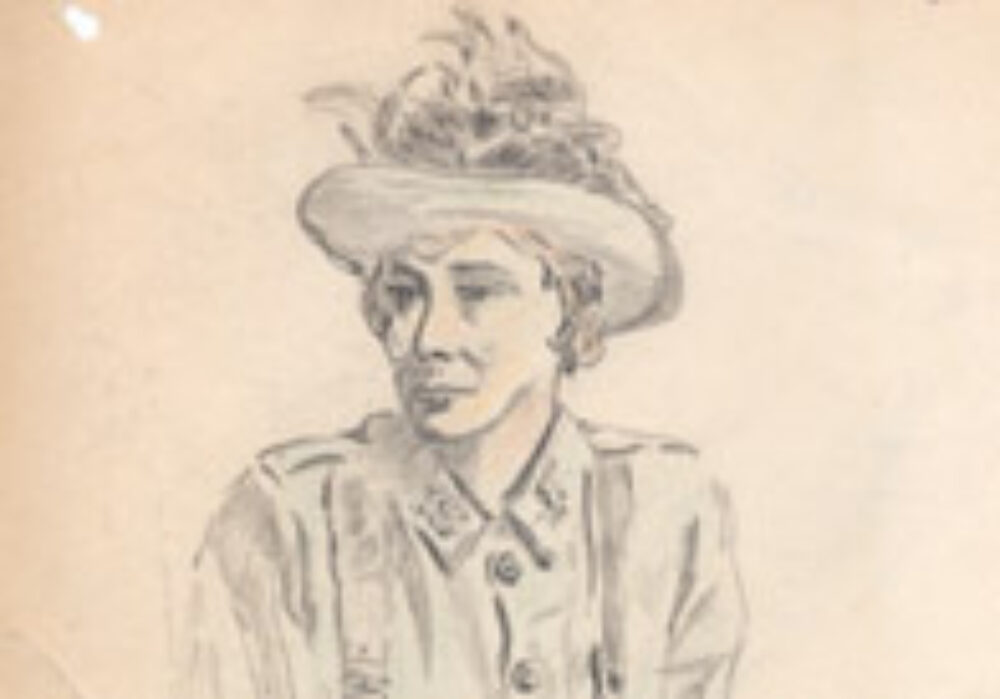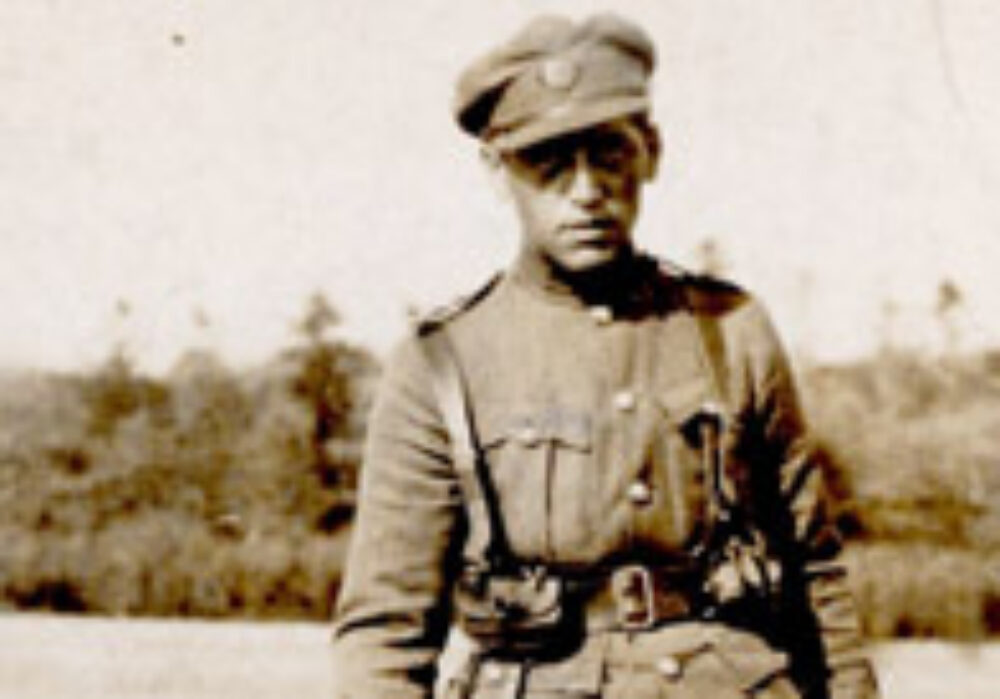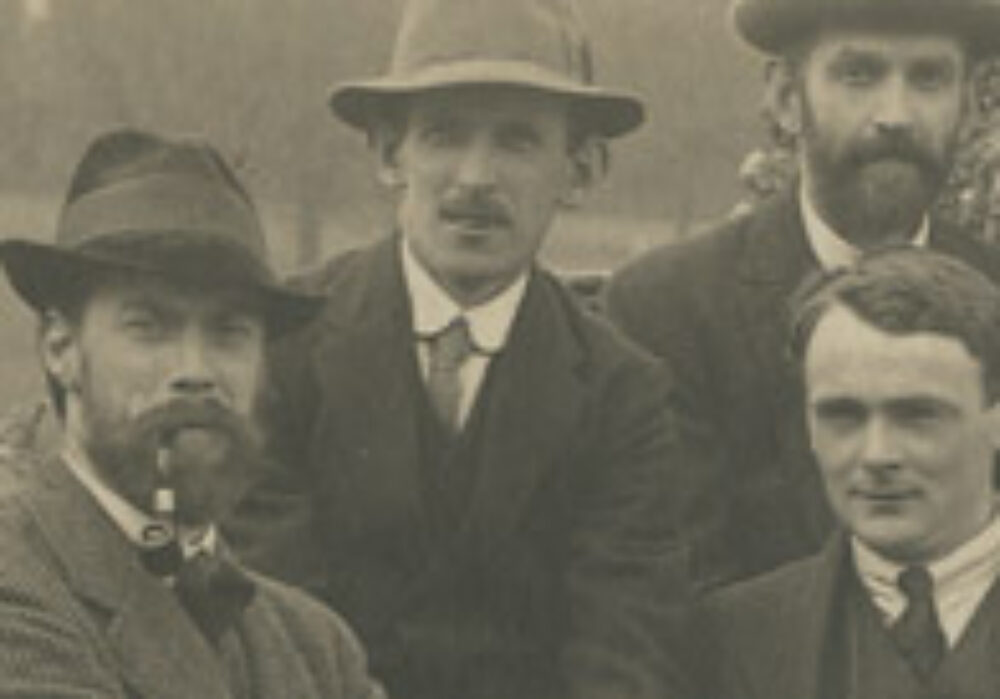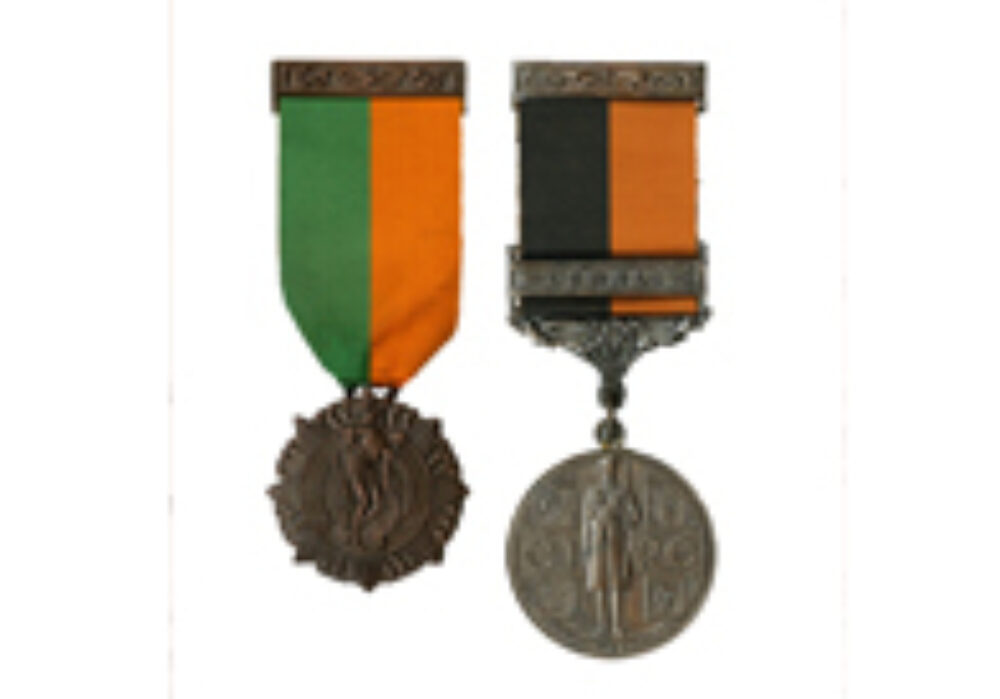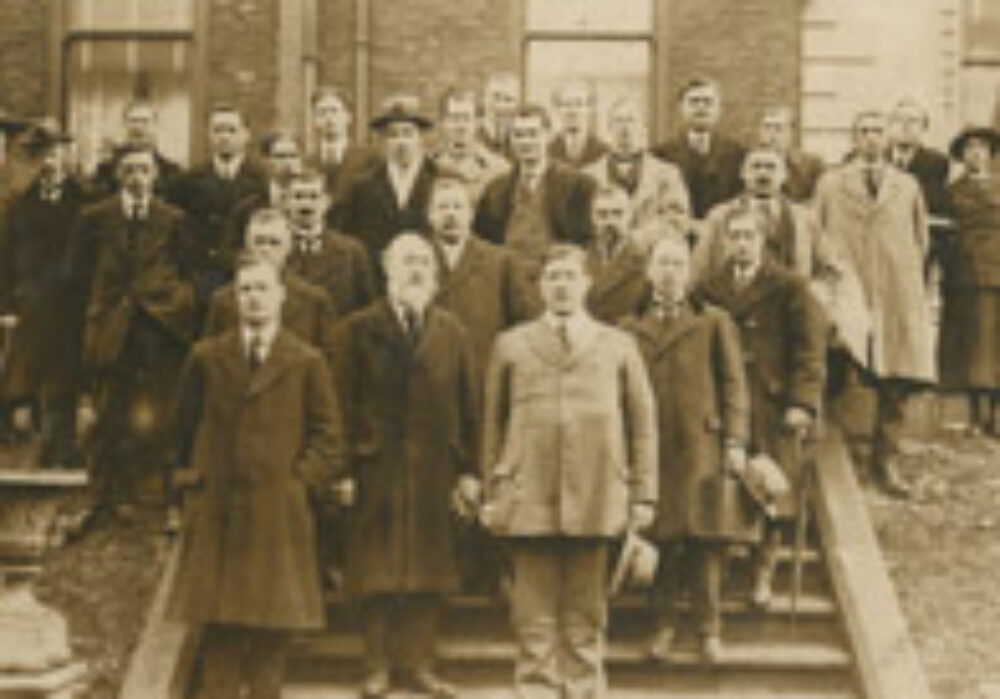A brief description of the “military bodies” constituting “the Forces” as applicable to the Military Service (1916-1923) Pensions Collection.
Óglaigh na hÉireann
Óglaigh na hÉireann is the Irish Gaelic language name for the Irish Volunteers. It was subsequently adopted by the Irish Republican Army, following a resolution of the 1st Dáil Éireann on 20 August 1919. Another name commonly used from 9 April 1922, following the split in the Army, was “National Forces”, meaning all armed forces maintained by the Provisional Government or by the Government of Saorstát Éireann: the National Army.
The Defence Forces (Temporary Provisions) Act, 1923, provided among other things, that “4. - It shall be lawful for the Executive Council to raise and maintain an armed force to be called Óglaigh na hÉireann (hereinafter referred to as the Forces) consisting of such number of officers, non-commissioned officers and men as may from time to time be provided by the Oireachtas” and “22. - The Forces shall be established as from a date to be fixed by Proclamation of the Executive Council in the Iris Oifigiuil.” The date fixed in accordance with Section 22 of the Act was 1 October 1924.
The Defence Forces thus maintained its link, already established through the adoption of the uniform, cap badge, tunic buttons and officer rank of Commandant, for example, with the Irish Volunteers of 1913.
The Irish Volunteers
Founded on 25 November 1913 at a public meeting at the Rotunda, Dublin, which had been organized by Bulmer Hobson with the full support of Eoin MacNeill- the father of the movement. It attracted followers of Sinn Fein, the Gaelic League and the Gaelic Athletic Association as well as members of the Irish Republican Brotherhood.
By May 1914 membership was around 80,000. Funds were collected through John Devoy and Clan na nGael in the United States and by Alice Stopford Green in England. A split in the movement followed a speech by John Redmond, M.P., at Woodenbridge, Co Wicklow on 20 September 1914 where he urged Volunteers to support Great Britain in the war against Germany and her allies “for the freedom of small nations”. The majority followed Redmond and became known as the National Volunteers.
The minority of about 11,000 re-organised in October 1914; MacNeill became Chief of Staff, Patrick Pearse was Director of Organisation, Joseph Plunkett Director of Military Operations, Michael The O’Rahilly as Director of Arms, Thomas Mac Donagh Director of Training and Hobson as Quartermaster.
The movement was reorganised and revitalised after the failure of the military rising at Easter 1916, the execution of the leaders and the mass arrests of that time.
On 21 January 1919, the 1st Dáil Éireann met and proclaimed the Irish Republic; those Volunteers who later took an oath of allegiance to the Dáil became the de facto Irish Republican Army.
The Irish Citizen Army
Founded as workers’ Defence corps during the Dublin Lock-Out by James Larkin and James Connolly on 23 November 1913.Their Headquarters was at Liberty Hall. The movement was eventually taken over by Connolly in the spring of 1914. He re-organised them into an armed and uniformed force whose aims were the ownership of the land of Ireland by the people of Ireland and the establishment of a Workers Republic. The General Secretary of the Army was Sean O’ Casey. About 200 members took part in the 1916 Rising in Dublin. The Irish Citizen Army supported the Irregulars/anti Treaty forces during the Civil War. A prominent influencing role in refusing to accept The Treaty was played by Constance Markievicz.
Na Fianna Éireann
The Republican youth movement founded in Dublin in August 1909 by Markievicz and Hobson. There were 22 sluaghta or troops by 1912 in Belfast, Limerick, Cork, Waterford, Dundalk, Newry, Listowel and Clonmel. Members assisted in the Howth Gun-running in July 1914 and supported the Volunteers during the War of Independence and became a junior branch of the IRA/Sinn Fein in later years.
The Hibernian Rifles
A private, nationalist militia group, which was organised in the United States of America. The group came about following a split in the Ancient Order of Hibernians (AOH). It was the military arm of the AOH (Irish American alliance), which had broken away from the AOH (Board of Erin) in 1907 because of “the narrow sectarianism” of the latter. It then came under the influence of Clan na Gael and had a Headquarters at 28 North Frederick Street, Dublin. As a movement it subscribed monies and levied members to support the workers during the Lock-Out of 1913/1914 and became friendly with the Citizen Army. It obtained arms from Connolly and the Citizen Army and bought others from British Army soldiers. About 30 or so members fought in the GPO and at an engagement at the Exchange Hotel in Parliament Street during Easter Week 1916. The movement published a weekly newspaper The Hibernian.
Cumann na mBan
Women’s organisation founded in Wynne’s Hotel, Dublin in April 1914 under the chairmanship of Agnes O’Farrelly, with Markievicz, Kathleen Clarke, Aine Ceannt and Mrs. Thomas Kettle among those present. It lost membership in November 1914 when it declared support for the Irish Volunteers. Cumann na mBan supported the 1916 Rising; with its members acting as couriers, aides and nurses, for example.
In its constitution, adopted after the Rising, the organisation declared itself as pledged to work for the establishment of an Irish republic. Its organisation and territorial deployment in 1920/1921 was to mirror the Brigade and Battalion structure of the IRA and the membership actively assisted the Republican movement during the War of Independence. A majority of its membership opposed the Treaty. During the 1920’s, led by Maud Gonne, the organisation supported the IRA and initiated the Easter lily commemorations in 1926.

